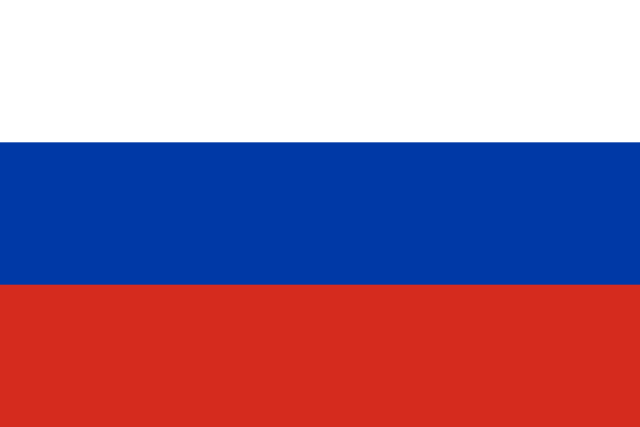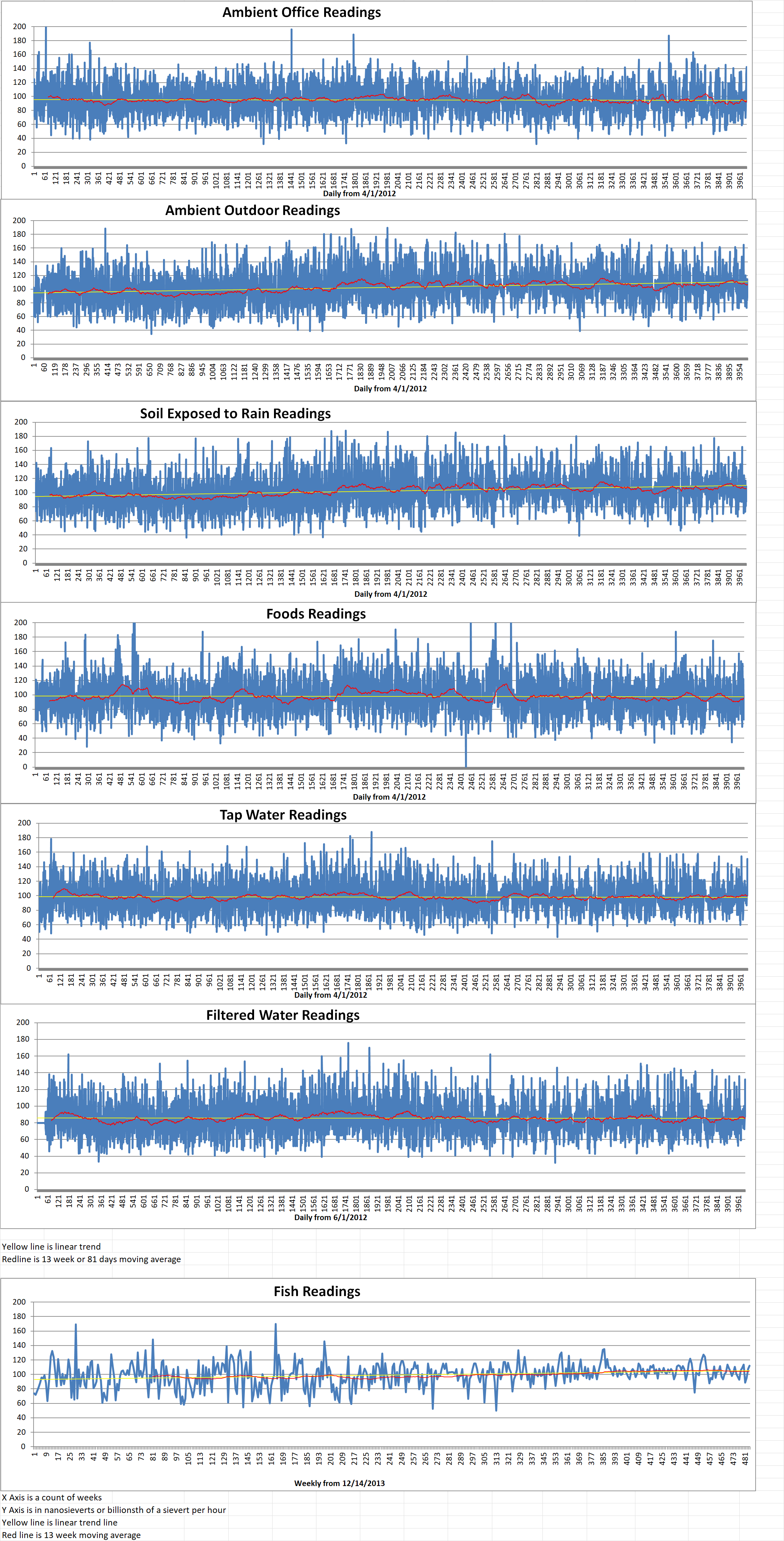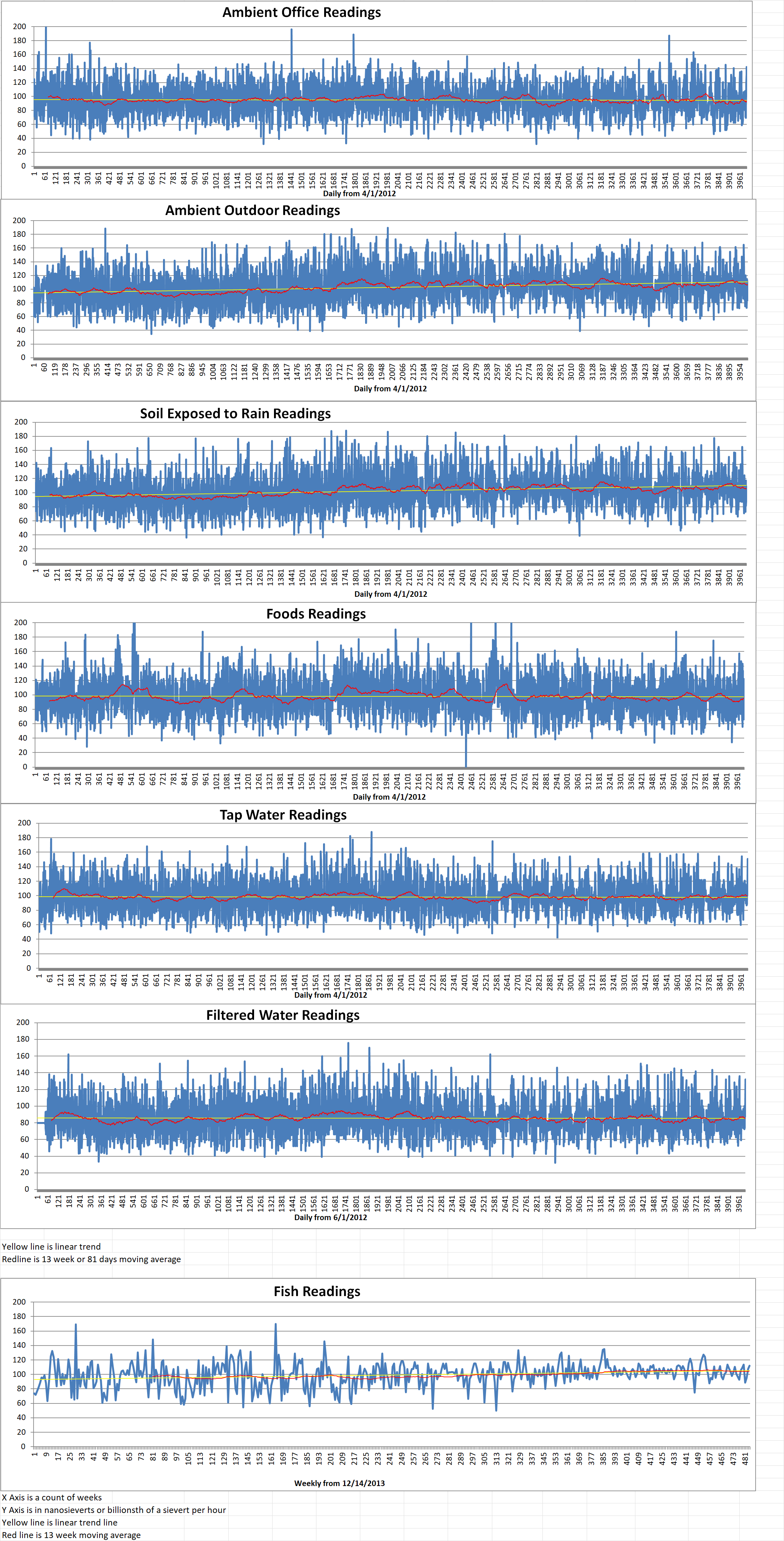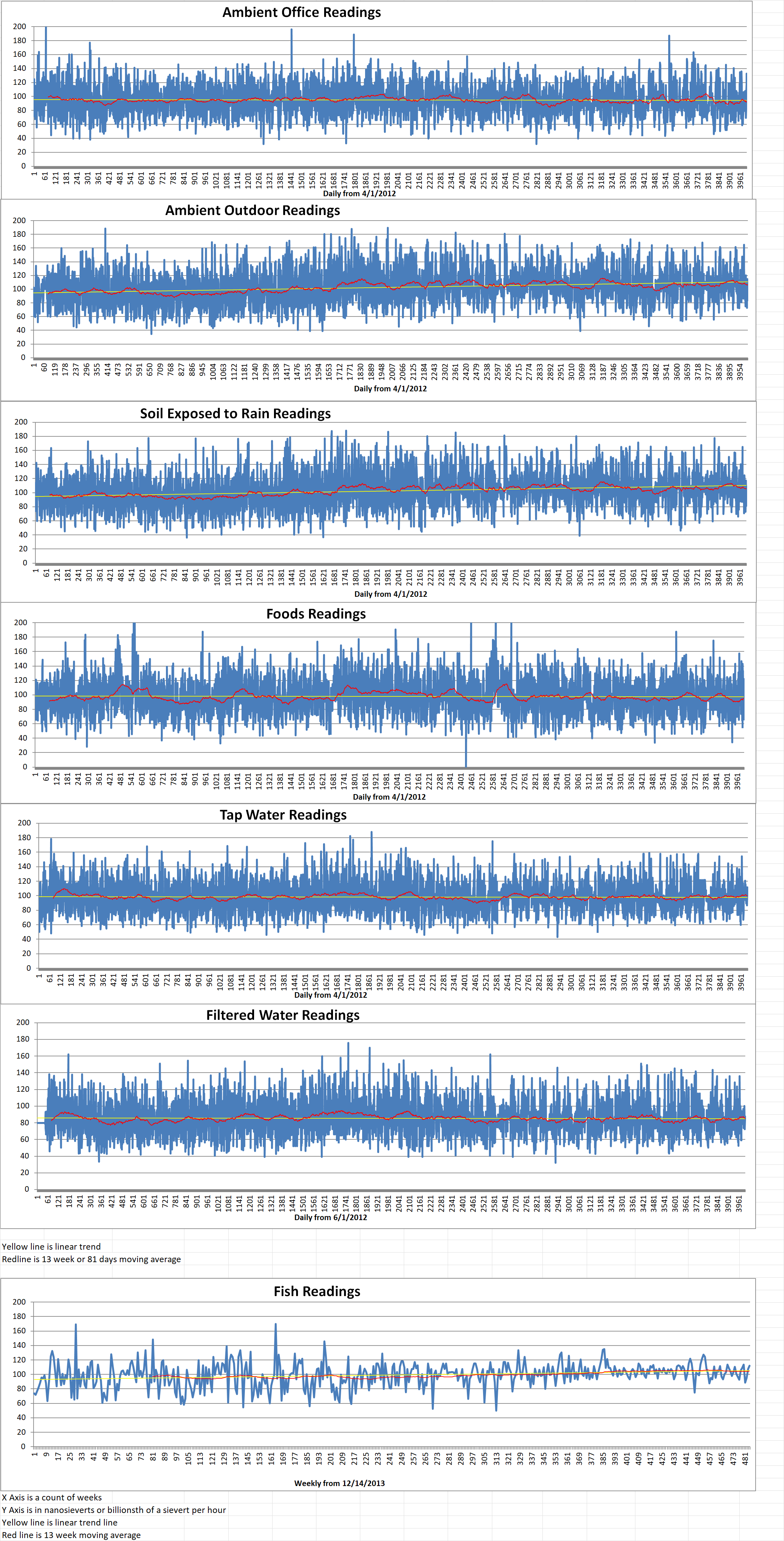Part 1 of 2 Parts
Pakistan celebrated the twenty fifth anniversary of its first nuclear test last month. It also shared more details than usual about its current nuclear posture. Retired Lieutenant General Khalid Kidwai recently spoke at a seminar hosted by the Institute of Strategic Studies in Islamabad on May 24. He provided new details of Pakistan’s otherwise ambiguous nuclear doctrine. Kidwai’s comments were relevant because he is currently an advisor to Pakistan’s National Command Authority (NCA). The NCA controls research and development and all other policy matters concerning nuclear weapons. Kidwai is also the former director-general of the Strategic Plans Division (SPD). The SPD is responsible for formulating nuclear policy and strategy as well as the security of nuclear assets.
During his address at the seminar, Kidwai reiterated some of the long-standing positions of Pakistan’s nuclear policy. This included the strength of its nuclear triad based on land, air and sea-based capabilities to deter India. Pakistan is concerned about India’s Cold Start doctrine which envisions a limited war though quick mobilization of unified battle groups to conduct operations inside Pakistani territory without crossing Pakistan’s nuclear threshold. Kidwai also discussed what’s known as a full-spectrum deterrence which is a policy aimed at responding to a range of threats for India. However, he went further than previous discussions of Pakistan’s nuclear posture.
Kidwai expanded the scope of this doctrine by explaining what he referred to as the vertical and horizontal dimensions. He said that that full spectrum deterrence “comprises horizontally of a robust tri-services inventory of a variety of nuclear weapons … [that] is held on land with the Army Strategic Force Command, the ASFC; at sea with the Naval Strategic Force Command, the NSFC; and in the air with the Air Force Strategic Command, the AFSC.”
Kidwai most surprising statement was that “vertically the spectrum encapsulates adequate range coverage from 0 meters to 2,750 kilometers [about 1,700 miles] as well as nuclear weapons destructive yields at three tiers—strategic, operational, and tactical.” Reducing the minimum range to zero yards is unprecedented. If this is implemented, it points to a major shift in Pakistan’s nuclear policy thinking.
By mentioning zero-range weapons, Pakistan is suggesting that it is may be going to develop artillery shells as the United States, Soviet Union, and United Kingdom did during the Cold War. The U.S. developed the M28/M29 Davy Crockett (DC) recoilless rifle system during the 1950s. The DC was the smallest weapon in the U.S. nuclear arsenal and was intended as a front-line weapon with yields as low as a fraction of a kiloton. On the other hand, Pakistan may possibly deploy nuclear land mines across the Indian-Pakistan border to stop Indian advances into Pakistan. Observers, especially in India, are wondering whether this statement is based on some existing scientific research and design testing and necessary doctrinal thought processes. Kidwai’s statement does not provide any such details. In the spirit of ambiguity that Pakistan seems to have benefited from, it is unlikely that there will be any follow-up in the near future to further clarify the details of Pakistani nuclear policy.
Please read Part 2 next
Blog
-
Nuclear Weapons 821 – Recent Announcements May Indicate That Pakistan Is Changing Its Nuclear Policy – Part 1 of 2 Parts
-
Nuclear News Roundup June 13, 2023
IAEA’s Grossi: Water for Cooling a Priority at Zaporizhzhia Nuclear Plant usnews.com
U.N. nuclear chief delays Ukraine nuclear plant visit over security reuters.com
US Denies Interim Deal on Iran’s Nuclear Program voanews.com
Madison startup gains federal backing to continue nuclear fusion research captimes.com
-

Geiger Readings for June 13, 2023
Ambient office = 89 nanosieverts per hour
Ambient outside = 91 nanosieverts per hour
Soil exposed to rain water = 81 nanosieverts per hour
Tomato from Central Market = 122 nanosieverts per hour
Tap water = 92 nanosieverts per hour
Filter water = 84 nanosieverts per hour
-

Nuclear Weapons 820 – Russia Threatens Other Nations About Use Of Tactical Nuclear Weapons in Ukraine
Russia has repeated threated the use of nuclear weapons against the United States and other Western nations such as members of the European Union. Russia has sent their nuclear weapon equipped planes into other nations airspaces without permission and sailed its nuclear armed ships and submarines though other nations coastal waters without permission. However, with the advent of the Russian invasion of Ukraine, their threatening rhetoric has increases steadily.
A Russian state TV host recently issued a warning that if the Ukraine war escalates to a “nuclear phase” then Russia will strike the U.S. with strategic nuclear weapons. Yevgeny Satanovsky is a Russian political commentator and president of Russia’s Institute of the Middle East. He issued the warning in a video clip that has gone viral.
Anton Gerashchenko is an adviser to the Ukrainian Internal Affairs Ministry. He shared the Satanovsky clip on his Twitter page on June 12th. The video was translated by Gerashchenko and has been viewed more than one hundred thousand times.
On June 9th, Russian President Vladimir Putin that he would begin deploying tactical nuclear weapons in Belarus on July 8th. This was just days before a NATO summit was set to be held in Lithuania which borders Russia.
Satanovsky made a statement on Russian TV. He said, “The question is, will it all reach the nuclear phase or not? Because if it keeps going like this, it will definitely happen. And it won’t be tactical [but strategic] nuclear weapons that we’ll be striking at Ukraine, believe me, the United States of America, and all the targets that need to be in the crosshairs. They have been there since Soviet times and those in the U.S., and those in Europe, and those in other places where American nuclear weapons are concentrated, where there are American military bases. “So, I wish that on the way to the nuclear phase we could finish off the enemy without crossing the Rubicon. But if we have to, what can we do?”
Since Russia invaded Ukraine in February 2022, Russian commentators and officials have stated that Russia was prepared to use nuclear weapons in the conflict. In April of this year, Dmitry Medvedev, the former Russian president, said that the probability of nuclear weapons being used was growing by the day. He said that nuclear weapons were the “backbone that holds the state together.” Medvedev was Putin’s stand in President between 2008 and 2012. He now serves as deputy of Russia’s Security Council and has issued nuclear threats frequently.
Medvedev attended an educational event in late April at which he said, “In my opinion, [concerns about climate change] is nothing compared to the prospect of being at the epicenter of an explosion with a temperature of 5,000 Kelvin (scale), a shock wave of 350 meters per second and a pressure of 3,000 kilograms per square meter, with penetrating radiation, that is, ionizing radiation and an electromagnetic pulse. Is there such a prospect today? (Unfortunately), yes. And it is growing every day for well-known reasons.” Previously, in January, he said in a post discussing NATO support for Ukraine’s military, “Defeat of a nuclear power in a conventional war may trigger a nuclear war.” -
Nuclear News Roundup June 12, 2023
Russia Names Condition for Returning to Nuclear Pact With U.S. newsweek.com
Operating permit issued for Chinese molten salt reactor world-nuclear-news.org
IAEA taking measures to ensure Ukraine nuclear plant security jpost.com
Centrus HALEU plant receives regulatory clearance world-nuclear-news.org
-

Geiger Readings for June 12, 2023
Ambient office = 93 nanosieverts per hour
Ambient office = 93 nanosieverts per hour
Ambient outside = 114 nanosieverts per hour
Soil exposed to rain water = 105 nanosieverts per hour
Tomato from Central Market = 66 nanosieverts per hour
Tap water = 133 nanosieverts per hour
Filter water = 120 nanosieverts per hour
-
Nuclear News Roundup June 11, 2023
Nuclear bomb fears are a false ‘excuse’: Iran’s Khamenei Aljazeera.com
France’s EDF frustrated with nuclear power’s status in EU’s Net-Zero Industry Act euractiv.com
Nuclearelectrica and partners sign MoU for NuScale plants world-nuclear-news.org
NATO: No change in nuclear posture over Russian nukes in Belarus upi-com
-

Geiger Readings for June 11, 2023
Ambient office = 142 nanosieverts per hour
Ambient outside = 95 nanosieverts per hour
Soil exposed to rain water = 88 nanosieverts per hour
Serano pepper from Central Market = 100 nanosieverts per hour
Tap water = 151 nanosieverts per hour
Filter water = 132 nanosieverts per hour
-
Nuclear News Roundup June 10, 2023
Bibi says U.S. and Iran held indirect talks on “mini agreement” axios.com
Westinghouse Strengthens Nuclear Safety in Ukraine with Advanced Cooling System Upgrades at Energoatom’s VVER-440 Reactors westinghousenuclear.com
The US Energy Department is spending $26M to help find a temporary site to store spent nuclear fuel federalnewsnetwork.com
UN concerned by ‘discrepancy’ in Ukraine nuclear plant water levels after dam collapse theguardian.com
-

Geiger Readings for June 10, 2023
Ambient office = 133 nanosieverts per hour
Ambient outside = 111 nanosieverts per hour
Soil exposed to rain water = 109 nanosieverts per hour
Roma tomato from Central Market = 66 nanosieverts per hour
Tap water = 100 nanosieverts per hour
Filter water = 87 nanosieverts per hour
Dover Sole from Central = 112 nanosieverts per hour
